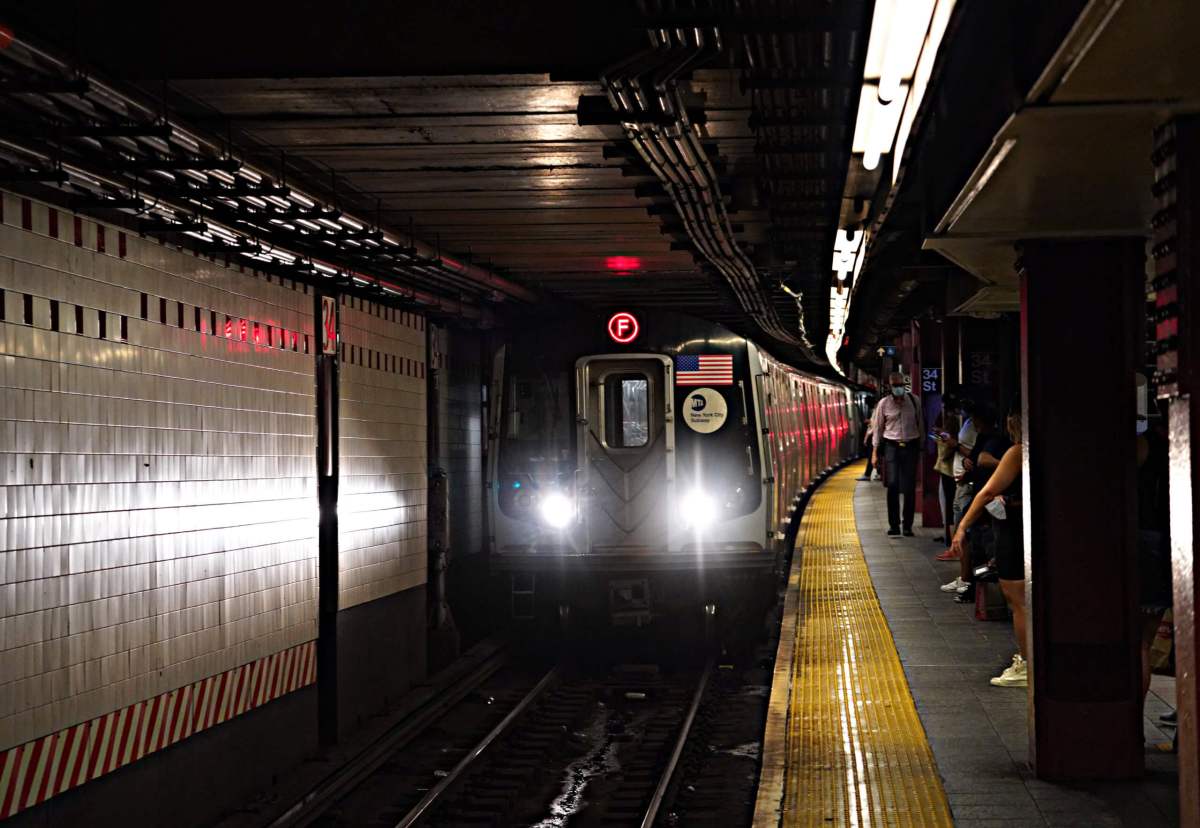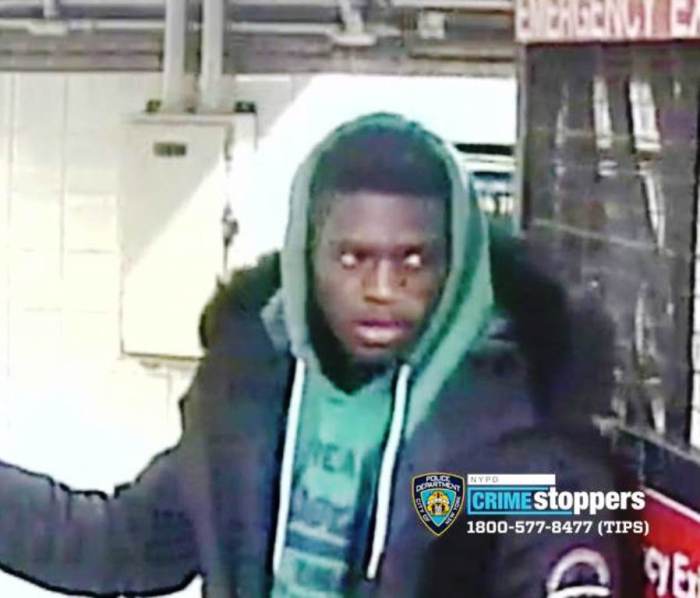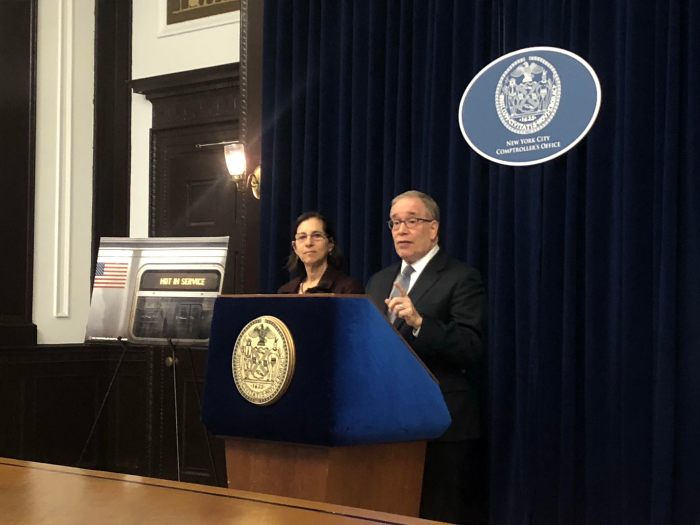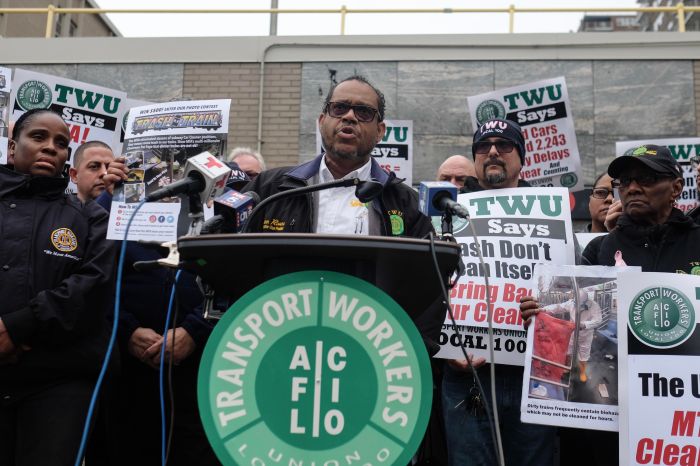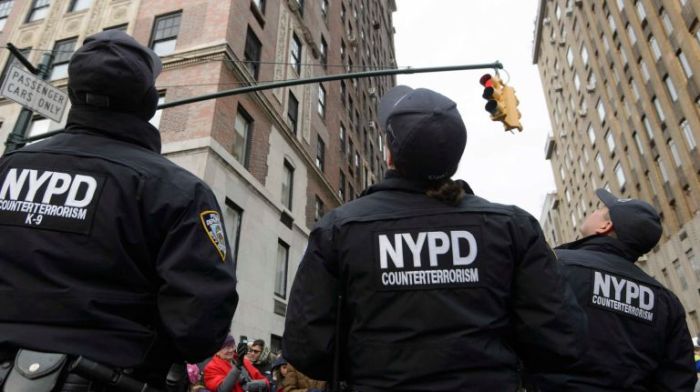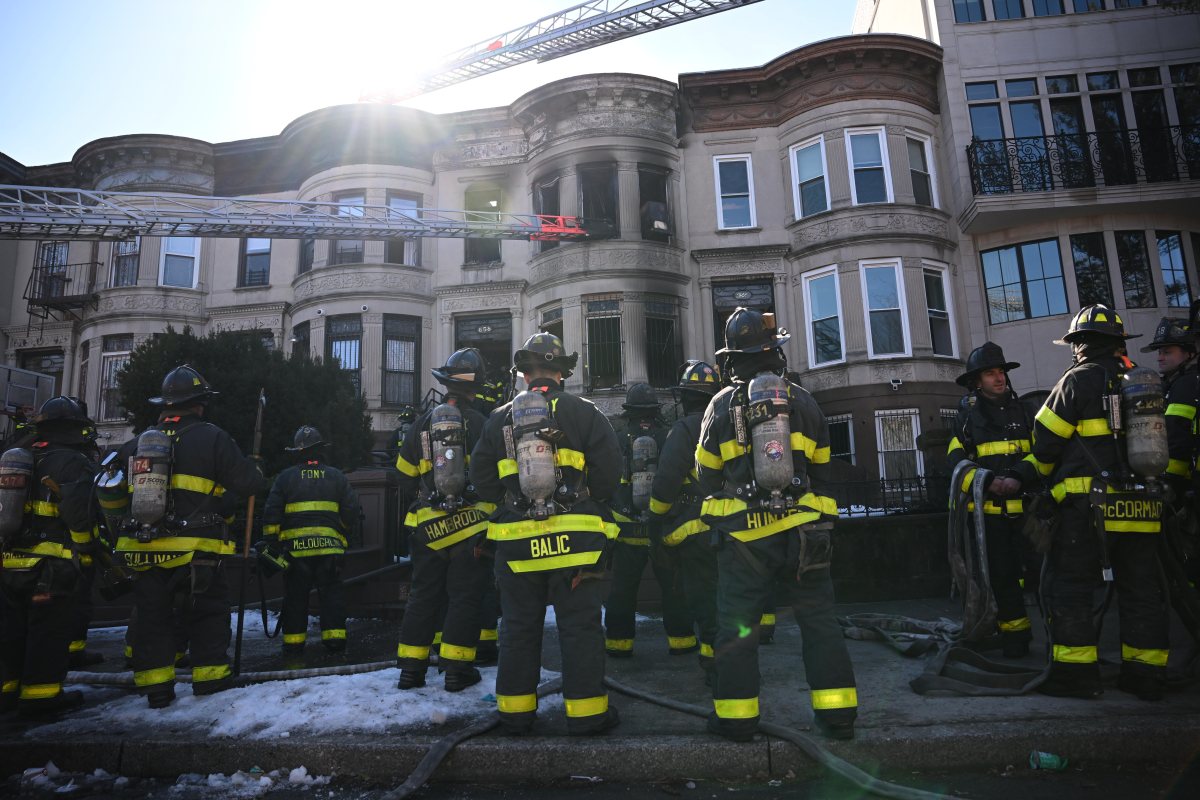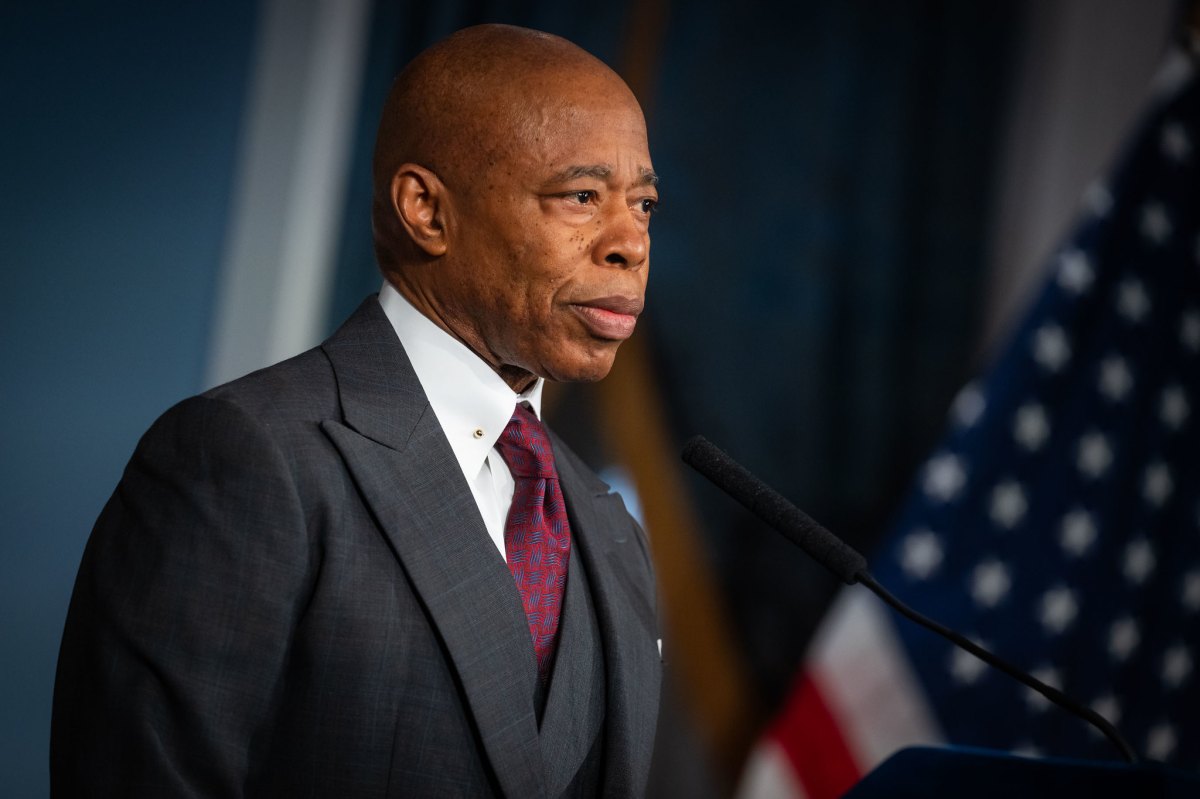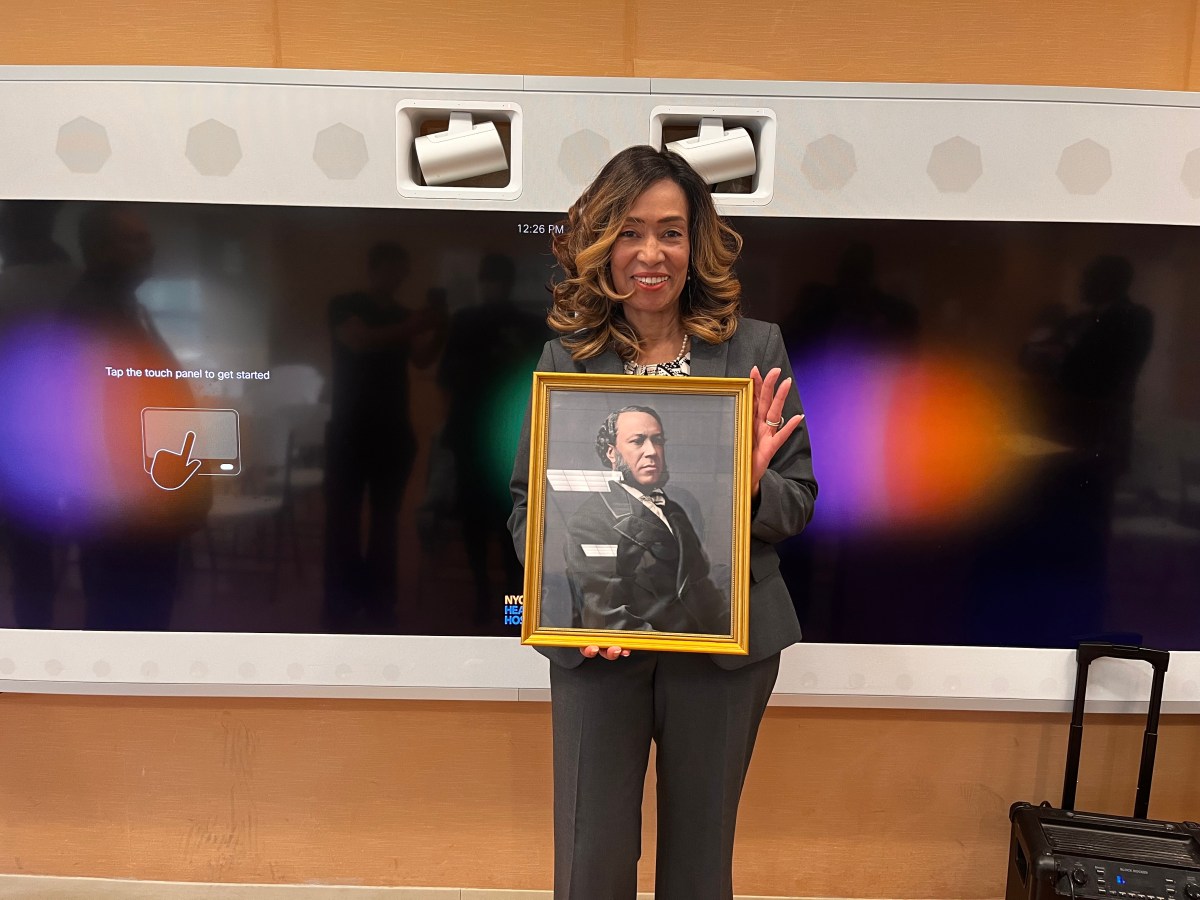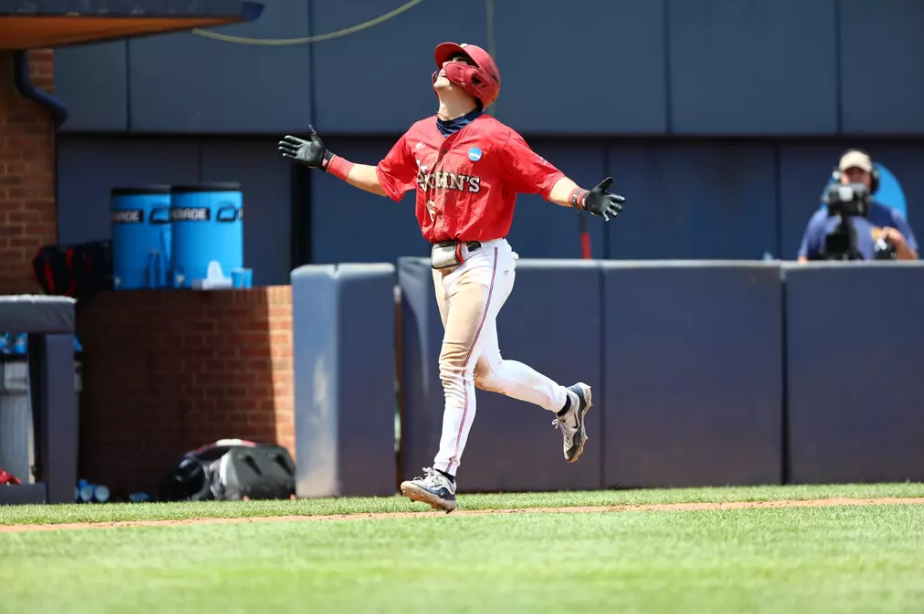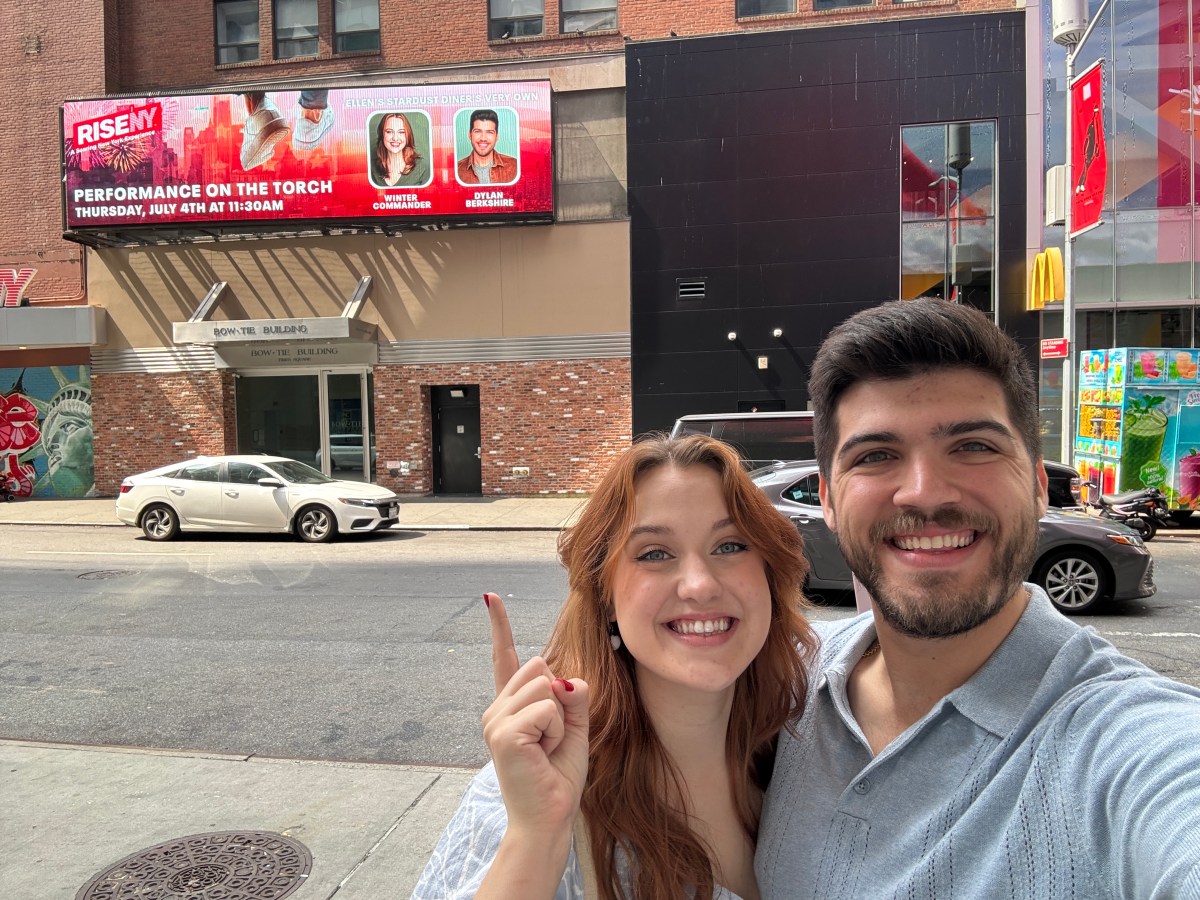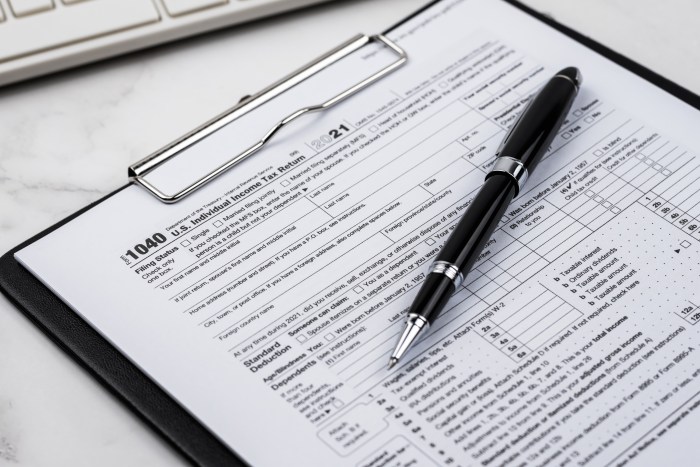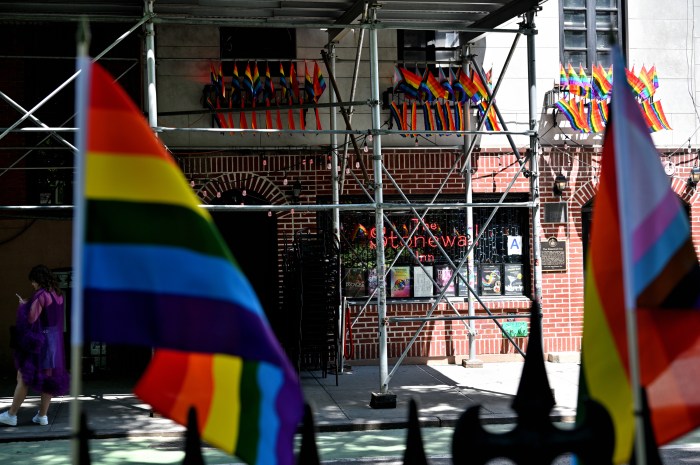Subway on-time performance continued to decline in June, with a decrease of 8.9% systemwide compared to the same time last year, as Metropolitan Transportation Authority officials wrestle with crew shortages and signal problems.
The worst-performing trains were on the E and F lines, where almost one in three trains were more than five minutes behind schedule last month, according to monthly metrics published by New York City Transit ahead of its committee meeting Monday, July 19.
On-time performance (OTP) — MTA’s measurement which shows the rate of trains arriving at their terminals within five minutes of schedule across a 24-hour period — was down 26.5% for E trains and 22.8% for the F line, with a drops on every single line except for the Franklin Avenue Shuttle, which was 0.1% more on time than during June 2020.
Across all train lines, weekday OTP was 83.7% in June 2021, down from 92.6% in June 2020.
F trains had the worst OTP overall on weekdays this past month with just 67.4% on time or less than five minutes late, right behind the E train at 67.8%. That’s the second month in a row the F line was the most tardy in the system, after logging a OTP rate of 74.1% in May.
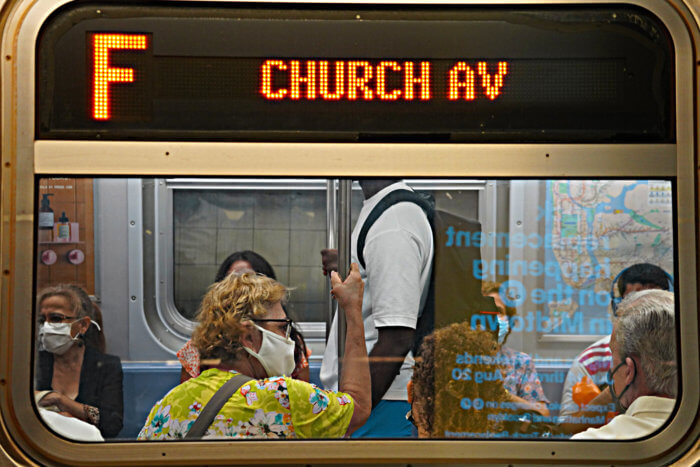
One regular F train commuter said what used to be a 10-minute wait has now doubled.
“It’s been pretty sh**ty. All of the orange lines have been bad, especially on the weekends. It sucks, and it’s been late all the time,” Olivia Johnson told amNewYork Metro.
Another straphanger who relies on the F train for getting to and from his home on Roosevelt Island said he hopes transit gurus address the delays soon.
“Sometimes the train just stops, and it goes back, and you have to transfer,” said Chris, who didn’t provide a last name. “I would say in general the orange line is one of the worst.”
MTA chalked up the setback mainly to its project to equip the Queens Boulevard Line — which carries E, F, M, and R trains — with the automated signaling system known as Communications-based Train Control (CBTC).
CBTC is a much-needed modernization of the subway’s ancient signals, which date back as far as the Great Depression.
“We are making a multi-billion dollar investment in modernizing signals across the subway system that will result in faster trips, the ability to operate more trains per hour and fewer delays,” said MTA spokesman Aaron Donovan in a statement. “As with any new technology, the integration of CBTC with existing conventional signaling, has growing pains and while ensuring safety, this ongoing transition is responsible for an increasing number of signal delays.”
The two lines that already have the upgrade, the L and 7, topped this month’s performance metrics at number one and three, respectively. The J/Z line came in second.
The Queens Boulevard Line accounted for nine out of 20, or almost half, of the signal incidents, which were concentrated at the beginning of June and became less frequent later on, according to MTA.
But due to the high volume of subway trains running on that line, even a short hiccup can affect more than 50 trains, the report said.
The four trains on that line were also among the lowest-performing when it came to service delivered, which is NYCT’s ability to deliver service that’s scheduled during the morning and evening rush hours.
The Queens Boulevard Line will become one of the testing grounds for the new R211 trains MTA ceremonially debuted at a Brooklyn rail yard on July 1.
The systemwide OTP decline follows a similar 8% drop in May, but NYCT officials noted in both monthly books that the results are not directly comparable to the same times last year, due to lower ridership and reduced service on most lines during the height of the COVID-19 pandemic in 2020.
OTP is still well above 2019 levels, when performance went over 80% for the first time in years.
The agency is struggling to return to full service due to the ongoing crew shortage, which resulted from a pandemic hiring freeze stalling the influx of new employees as older workers retired.
Last month saw more than 10,600 canceled subway trips due to the shortages, The City reported, but NYCT vowed in the monthly report that officials are trying to recruit new workers “as quickly as we can,” including by allowing for larger training class sizes and offering overtime to staff to do additional shifts.
Additional reporting by Dean Moses



